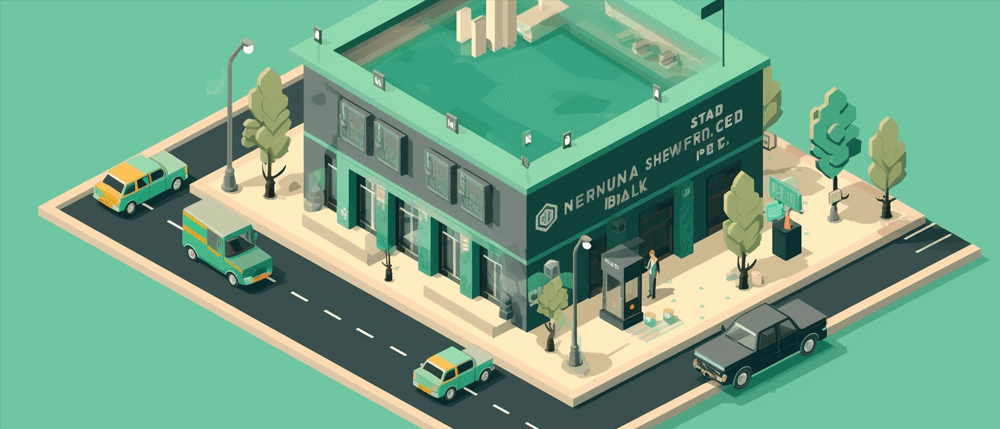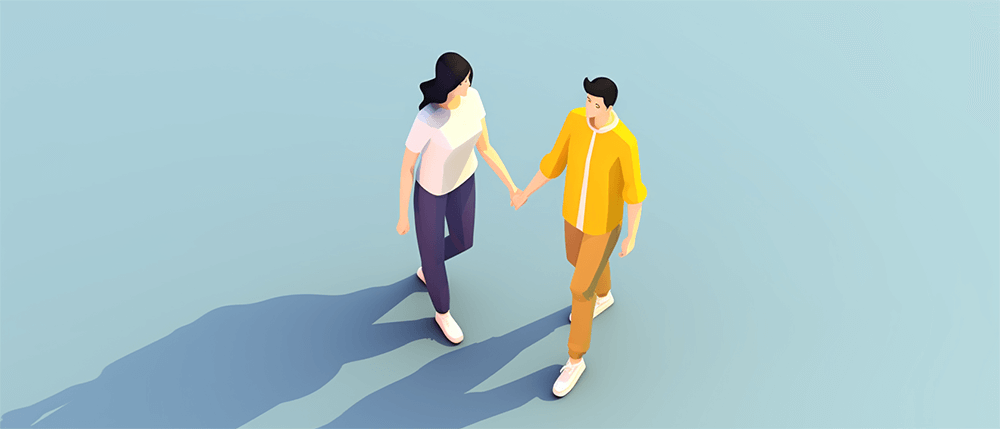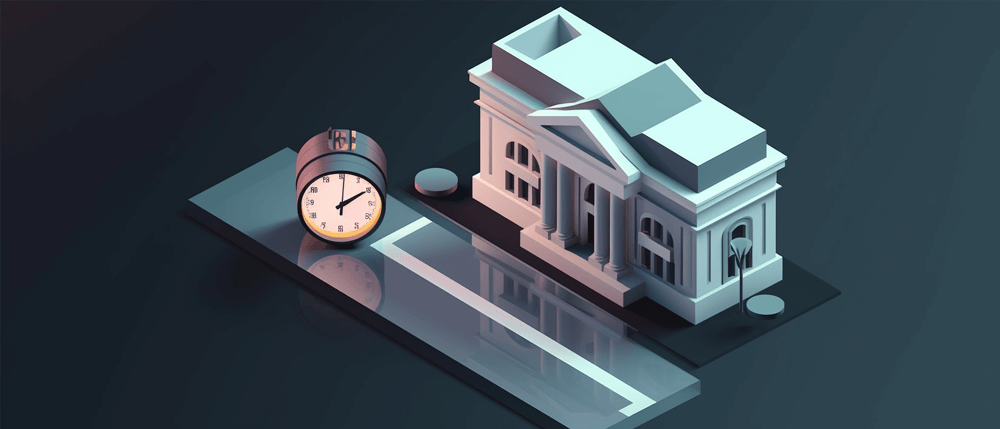
Table of Contents
- A cashier’s check is drawn against a bank’s account rather than your personal account.
- Cashier’s checks allow you to pay for large transactions, such as house deposits, securely.
- Most banks and credit unions charge a fee for issuing a cashier’s check.
- You can verify a cashier’s check’s authenticity by contacting the issuing bank.
What Is a Cashier’s Check?
A cashier’s check is drawn against your bank’s account rather than your personal account. The bank acts as the guarantor in this arrangement. It guarantees that the recipient can deposit the check and receive the promised funds.
Many recipients prefer to receive cashier’s checks for the following reasons:
- There’s minimal risk that a cashier’s check will bounce or be fraudulent.
- The checks offer a lower risk of theft than conducting transactions in cash.
- Banks have to make the first $5,000 promised in a cashier’s check available in one business day.
You still pay the money from your account with a cashier’s check. The bank transfers the money from your account to its own. Then, it issues its guarantee because it knows it has your money available to make the payment.
How Are Cashier’s Checks Different From Other Checks
The most significant difference between a cashier’s check and other checks is in who guarantees it. For example, you are the guarantor with a personal check. But with a cashier’s check, a bank or financial institution makes the guarantee.
When Might You Need a Cashier’s Check?
Cashier’s checks are most useful for large transactions. For example, you may need to put a large deposit down for a house or car. In these cases, the recipient often wants additional assurance that you have the money available.
Issuing a cashier’s check provides that assurance.
The recipient trusts the check more because it comes from a respected financial institution.
How to Get a Cashier’s Check
Where to Get a Cashier’s Check
You can get a cashier’s check from most banks and credit unions. Many require an in-person meeting before issuing the check. However, some allow you to get a cashier’s check online or via the phone.
Getting a cashier’s check from a bank with which you don’t have an account is possible. But some banks only provide checks to account holders. It’s also often easier to work with a bank when you have an account, as they’ll have your details on file.
The Fees Attached to Cashier’s Checks
Most banks and credit unions charge a fee for issuing a cashier’s check. This fee usually falls within the $10 to $15 range.
Some banks may waive the fee if you meet certain conditions. For example, a bank may not charge the fee if you have a checking and savings account with a certain amount of money. The conditions for waiving a fee vary between banks, with some having no conditions to get the fee waived.
The Requirements for Getting a Cashier’s Check
You’ll need to provide your bank with several documents and details before it issues a cashier’s check:
- Photographic ID, such as a passport or driver’s license
- Proof that you have enough money in your account to cover the check
- The payee’s name
The bank requires the payee’s name because it can’t issue a blank check. This name may be that of an individual or a company.
Upon issuing the check, your bank or credit union provides a receipt. Keep this receipt safe to have it available if a dispute arises between your bank and recipient. You can use the receipt to prove that you did everything right on your end.
The Pros and Cons of Using a Cashier’s Check
There are several benefits to using cashier’s checks, especially in large transactions. However, there are also downsides that may lead to you choosing an alternative.
Pros
- A bank or credit union guarantees the payment, which makes the recipient more confident in you as a buyer.
- The bank has checks and balances in place to ensure it doesn’t issue a cashier’s check unless you have the required funds.
- Using a cashier’s check reduces the possibility of fraud.
- Your payee may receive the funds quicker with a cashier’s check than they would with a personal check.
Cons
- You usually have to pay a fee before a bank or credit union issues a cashier’s check.
- It’s harder to write a cashier’s check than it is to write a personal check.
- While these checks are more secure than personal checks, some scammers can create convincing cashier’s checks.
Tips for Using a Cashier’s Check
You may feel ready to use one with your new understanding of cashier’s checks. Before moving forward, consider these tips.
Verify the Check’s Authenticity
Though fraud is less common with cashier’s checks, it can occur. Scammers may create fake checks, which can fool a payee and result in them losing money on a transaction. The Washington State Department of Financial Institutions recommends the following steps:
- Check for a watermark or similar seal.
- Contact the bank or credit union that issued the check to confirm that it came from them.
- Call the bank or credit union to verify that it cleared after cashing the check.
- Save any documents associated with the check.
How to Deal With a Lost or Stolen Cashier’s Check
Notify the bank or credit union immediately if your cashier’s check gets lost or stolen. You’ll have to file a declaration of loss form confirming that you don’t have the check. The bank may take up to 90 days to process this form before you recover your money. Note that many banks charge a processing fee of around $30 to cancel a lost check.
Consider the Alternatives
Alternatives to cashier’s checks include:
- Cash
- Credit cards
- Personal check
- Debit cards
- Prepaid cards
- Wire transfers
You may find that any of the above is more suitable than cashier’s checks for small transactions.
Use Cashier’s Checks Wisely
Cashier’s checks are helpful when you’re involved in a large transaction. They increase the recipient’s confidence in you as a buyer. Plus, they’re more secure than many other forms of payment. However, the fees and issuing process attached to these checks may mean you have better choices.










